Keyword
geology
37 record(s)
Type of resources
Categories
INSPIRE themes
Keywords
Contact for the resource
Formats
Representation types
Scale
Resolution
-
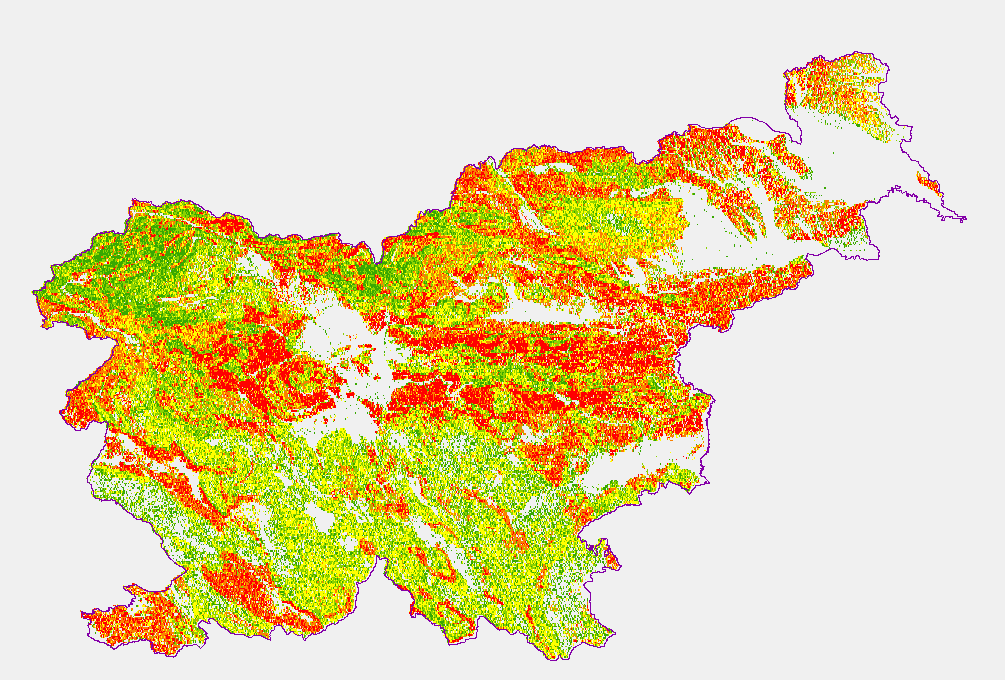
-
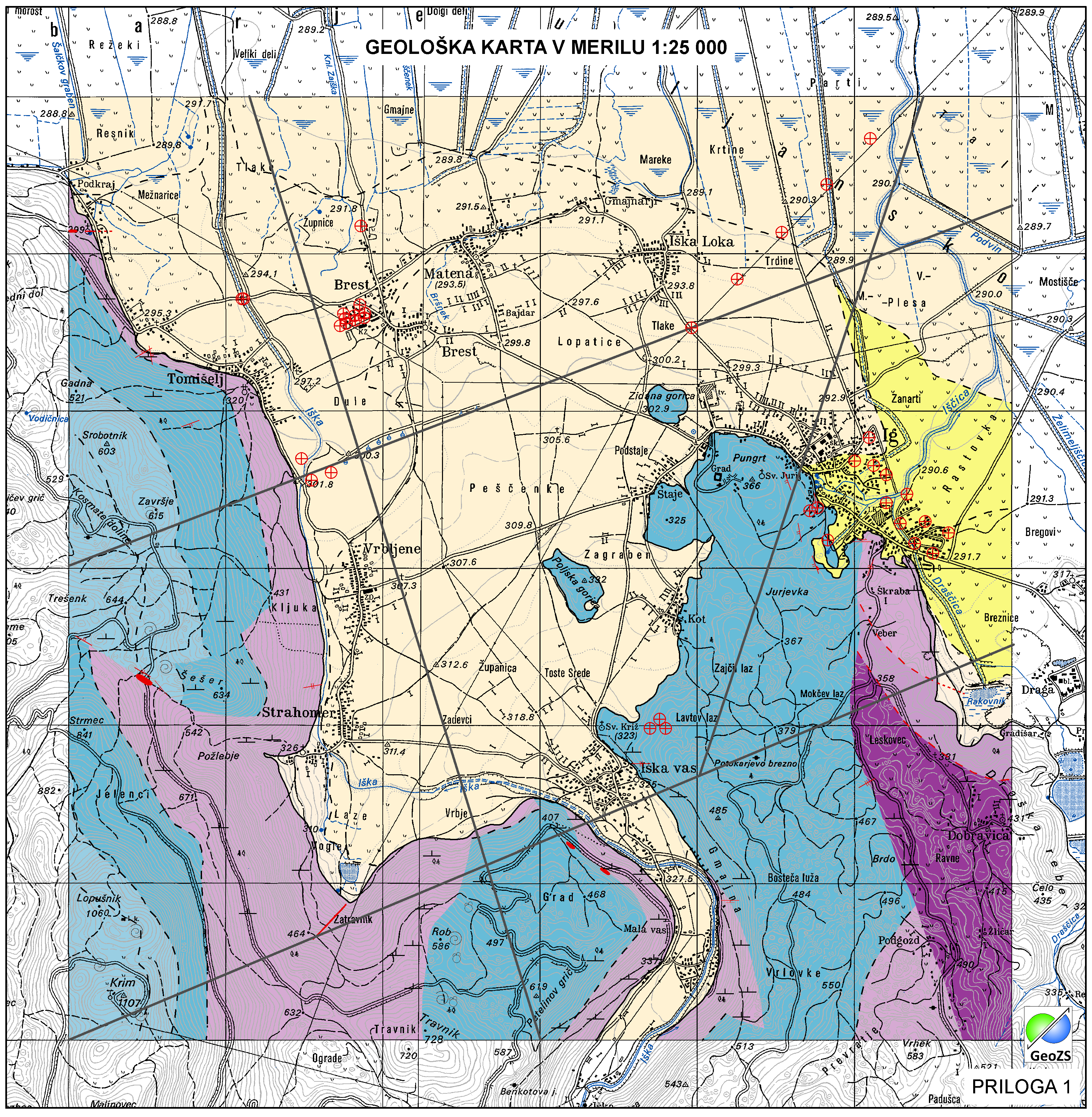
Data of Geological map were reclassified into classes of IAH classification on the base of hydrogeological characteristics. IAH classification is based on description of the hydrogeological units. Firstly, based on extensiveness and productivity and secondly on type of porosity. The purpose is to provide assistance to the strategy of groundwater exploitation as to protection and water resources management.
-
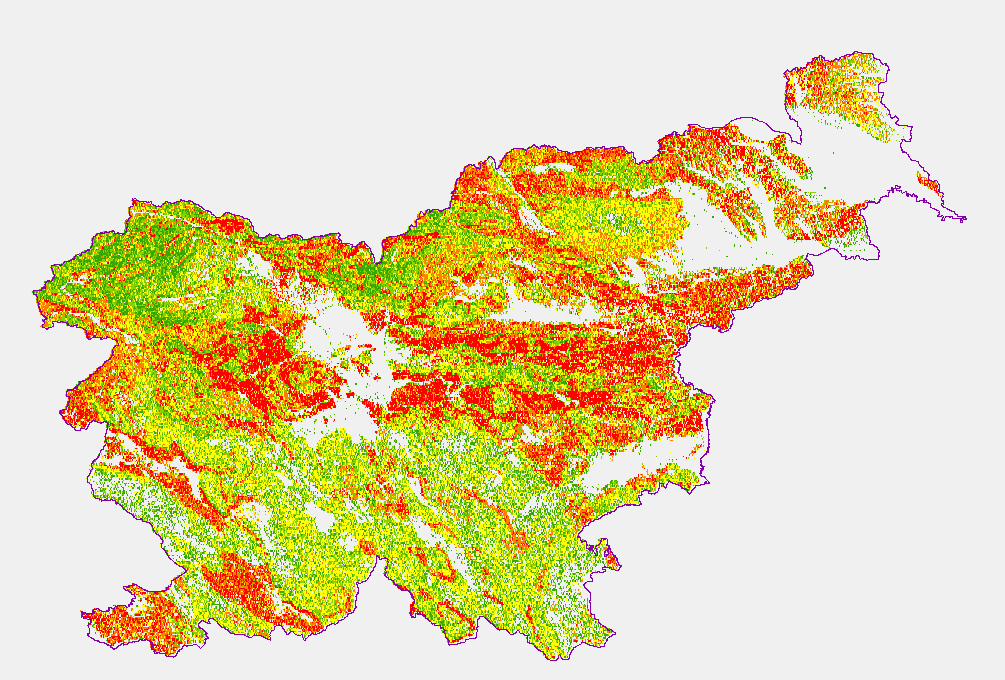
-
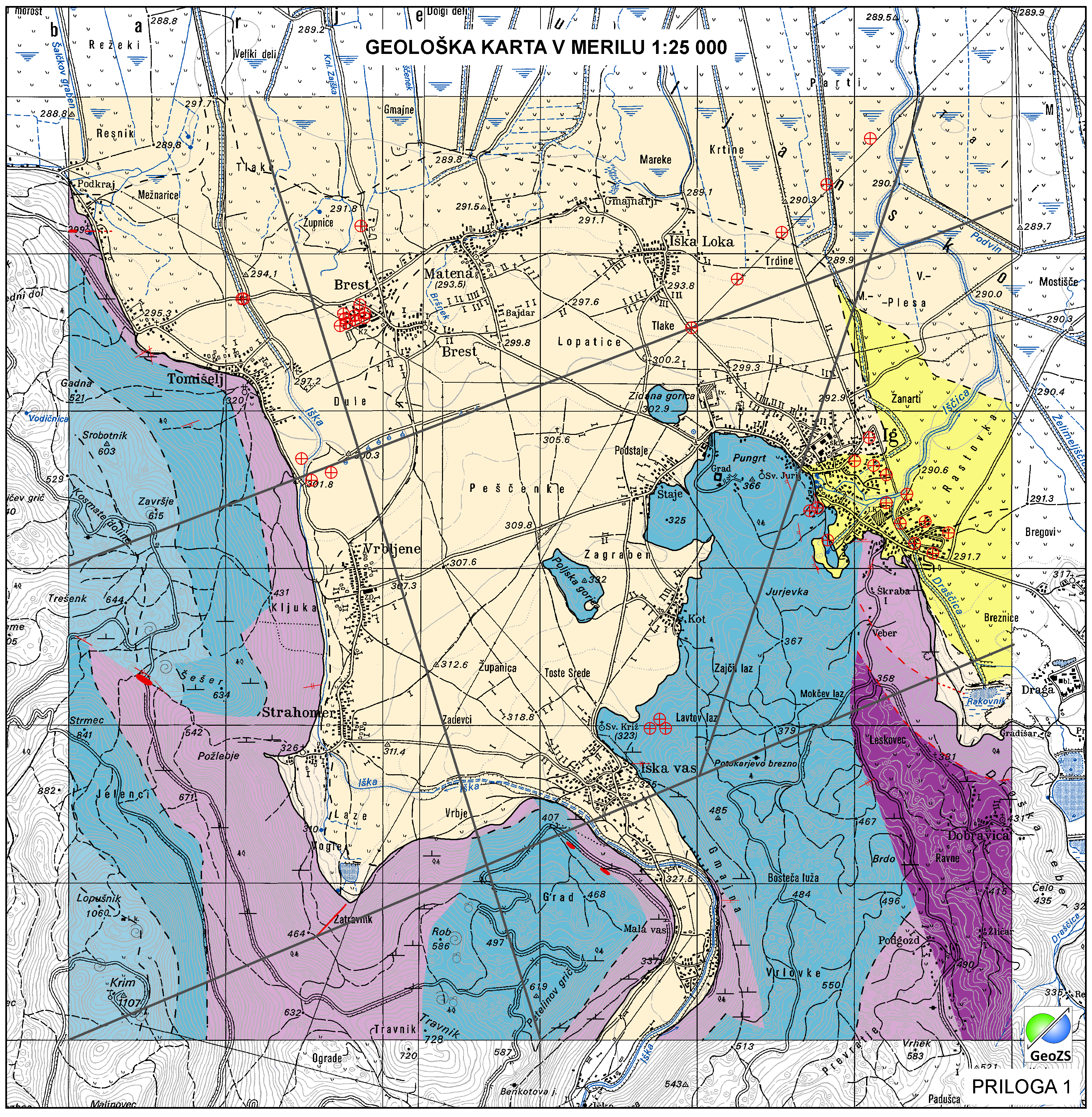
Geophysical cross sections show the geophysical characteristics of the sediments and bedrock at depth.
-
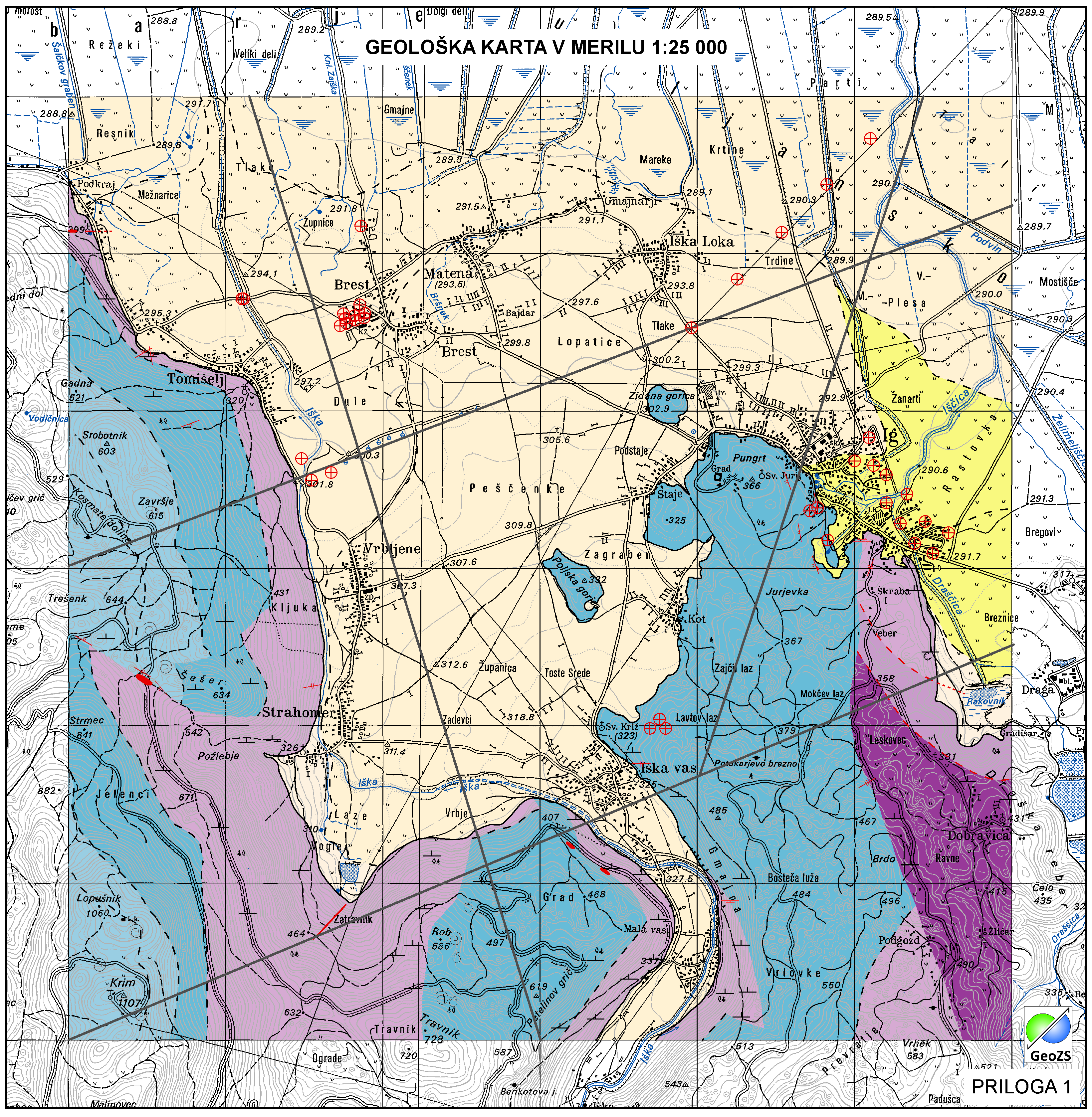
Layer shows the zones where the rock is systematically fractured.
-
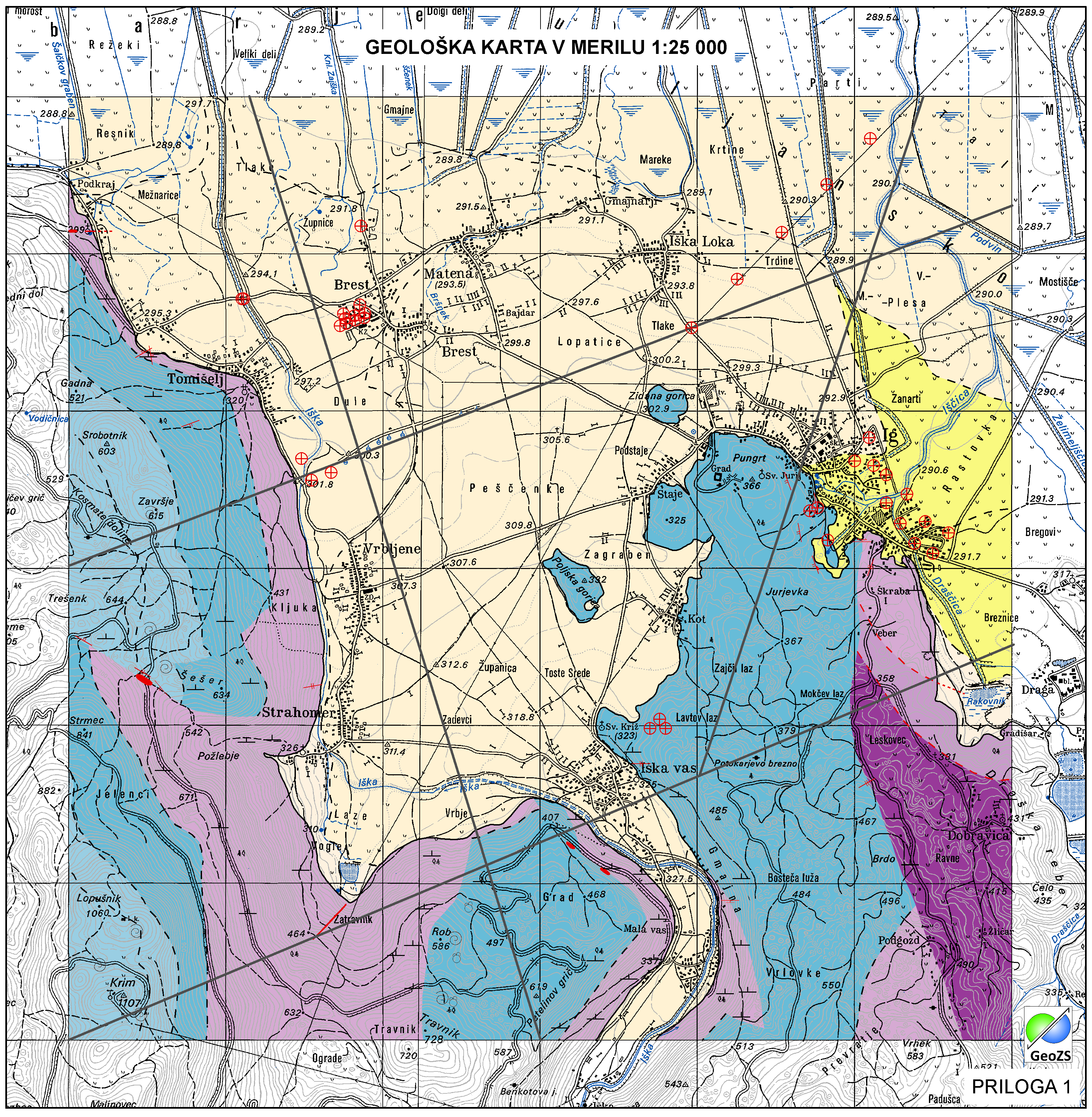
Layer Geomorphologic Features shows the location of various types of geomorphological phenomena. Only point data are included.
-
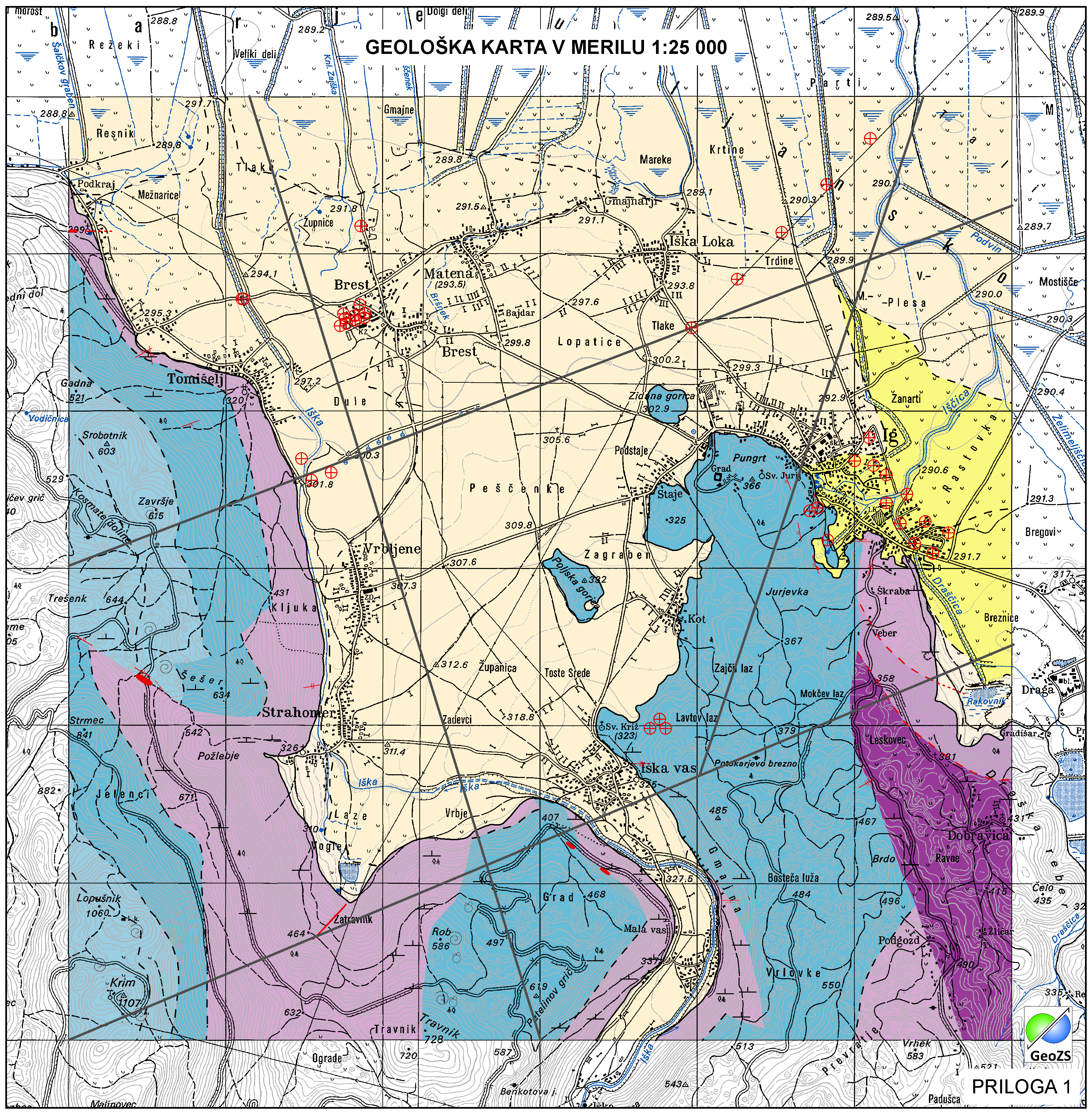
Layer Boreholes shows the localities where structural boreholes were drilled.
-
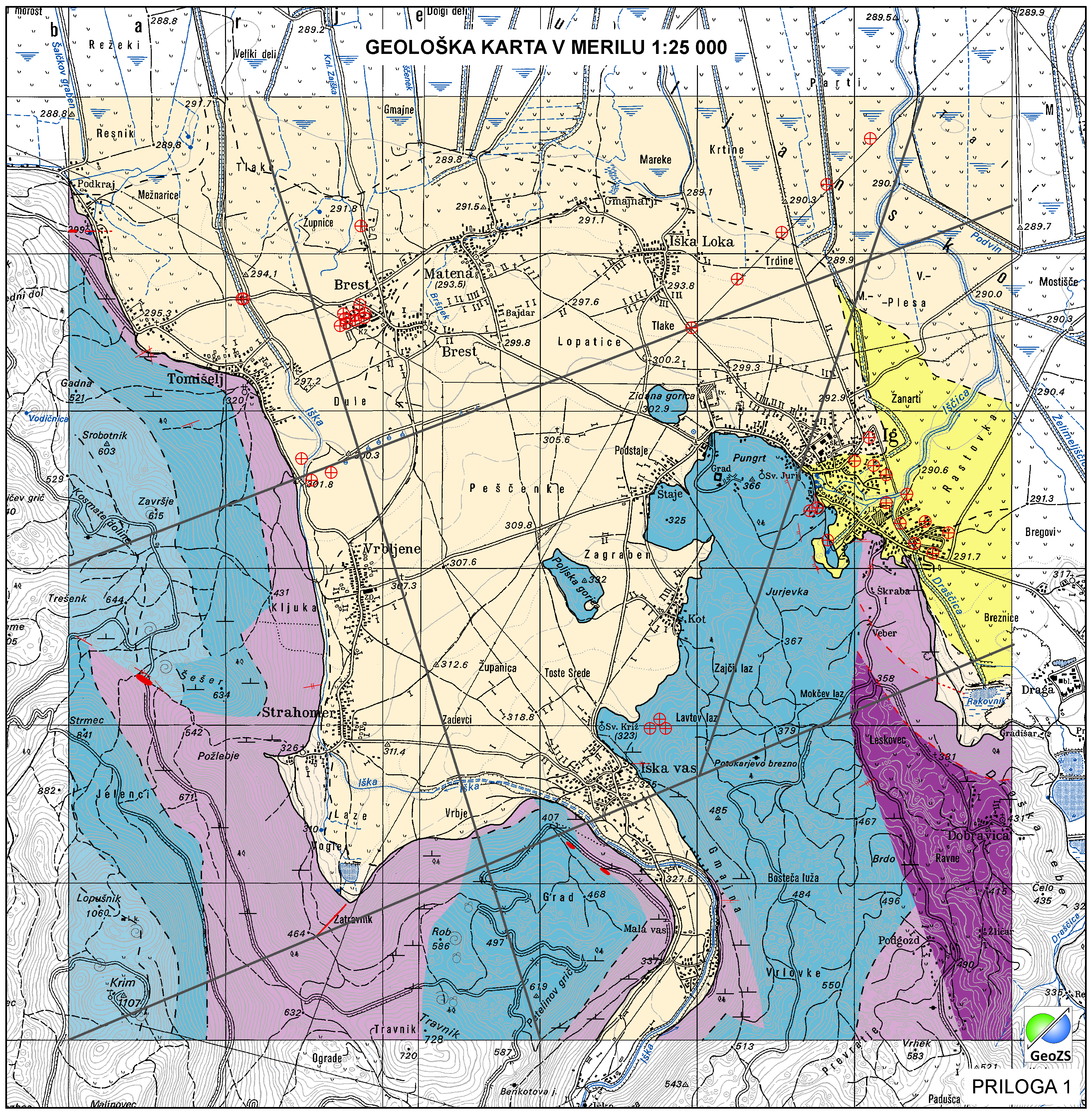
Layer shows discontinuities in the geological structure, and characterizes them according to their type and observation method.
-
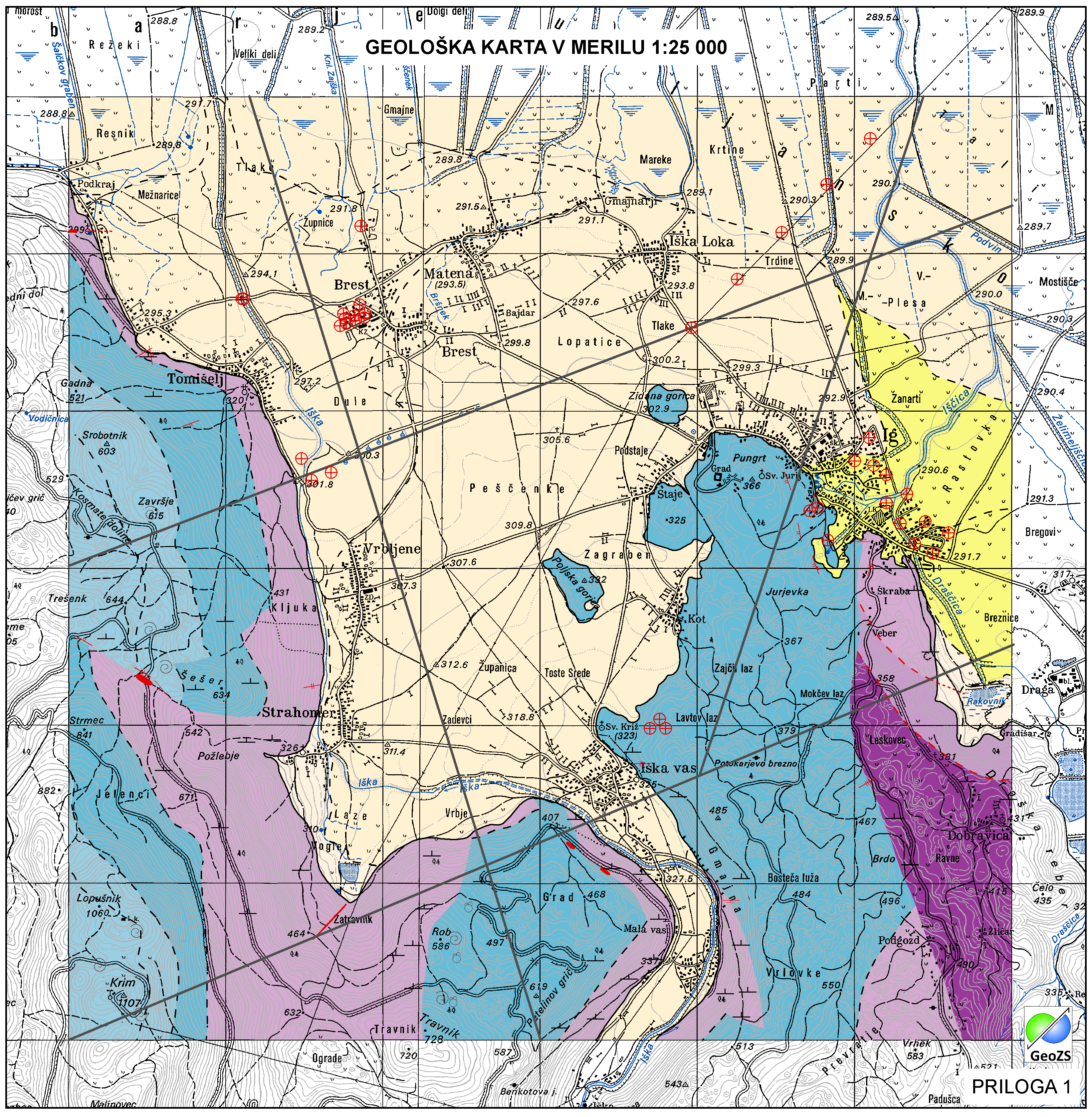
Geological Units are polygons, defined by equal composition (lithology) and age.
-
The underground geothermal conditions can be presented, irrespective of the aquifers' position, with the appropriate geothermal maps. These maps represent the expected isoterms at a depths and are derived from Geothermal maps - Expected temperatures , which are made with data from 302 boreholes. It is made on the basis of measured temperatures in accessible boreholes throughout the country. However, since the temperature field depends on the geological structure in the depths and tectonic characteristics, the course of the isotherms is a result of many influences, such as thermal conductivity of rocks, permeability and fracturing of rocks, all of which are reflected in the measured temperatures in boreholes. The distribution of boreholes, which were useful for the measurement of temperature, is very uneven and different as regard the depths.
 Slovenski INSPIRE metapodatkovni sistem
Slovenski INSPIRE metapodatkovni sistem